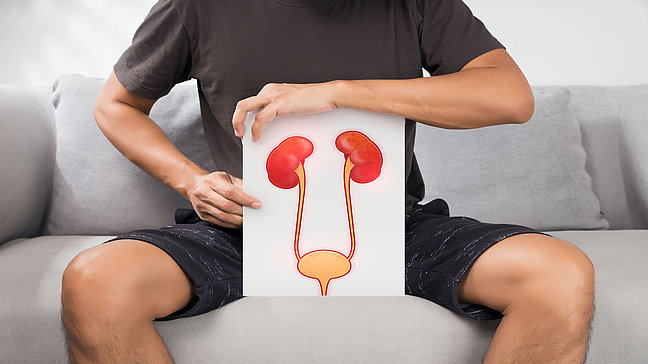
HIV
Causes of HIV
HIV is transmitted through contact with certain body fluids of an infected person, particularly through:
- Unprotected sexual intercourse: HIV can be transmitted through the exchange of vaginal, anal, or seminal fluids.
- Blood contact: Blood transfusions, sharing needles during intravenous drug use, or injuries with contaminated needles are common transmission routes.
- Transmission from mother to child: HIV can be transmitted from mother to child during pregnancy, childbirth, or breastfeeding.
Symptoms of HIV
The symptoms of HIV vary depending on the stage of the infection. Many people develop flu-like symptoms in the first few weeks after infection, known as acute HIV infection. These symptoms may include:
- Fever
- Fatigue
- Swollen lymph nodes
- Skin rashes
- Sore throat
In the later stage of the infection, when the immune system becomes weaker, symptoms such as weight loss, chronic diarrhea, and recurrent infections may occur.
Diagnosis of HIV
HIV is diagnosed through blood or saliva tests that detect the presence of HIV antibodies or antigens. A commonly used test is the ELISA test, which can be supplemented by another confirmation test (Western blot) to ensure the diagnosis. Early diagnosis is crucial to start treatment in time and slow the progression of the disease.
Treatment options for HIV
- Antiretroviral Therapy (ART): The standard treatment for HIV is antiretroviral therapy. These medications suppress the virus, prevent its replication, and protect the immune system. Early and consistent use of ART allows people with HIV to lead long and healthy lives.
- Adjunct Therapies: In addition to ART, additional treatments to strengthen the immune system or to treat infections that commonly occur in weakened immune systems may be necessary.
Preventive measures for HIV
The best prevention against HIV is the use of condoms during sexual intercourse and avoiding the sharing of needles. Pre-exposure prophylaxis (PrEP) is a medicinal prevention that HIV-negative people can take to reduce their risk of infection. Mothers with HIV should seek medical advice to minimize the risk of transmission to the child and should receive ART during pregnancy and breastfeeding.



